After more than a week of working from home, I’m now struggling to pry myself away from my laptop after official office hours.
So instead of mindlessly browsing the internet on a Thursday night, I made myself clean up my Google Drive where I found, much to my amusement, a transcript of my 2013 interview with the Newspaper Columnist behind Sun Star Cebu’s Matamata weekly column, Mayette Tabada.
The year was 2013, and I was on my senior year in college majoring in Linguistics, Literature and Professional Education. Our Journalism class teacher gave us a very interesting assignment: to write a feature article on a local writer of our choice.
I wasted no time writing an email to Mayette Tabada who, aside from being the teacher-slash-writer I aspired to be after college, also happened to be my high school friend’s mom.
From: Nicholette Jeanne Legaspi <X@gmail.com> Date: Wed, Aug 28, 2013 at 4:51 AM Subject: Hello Mrs. Tabada! I'm a friend of Carlos To: <X@gmail.com> Hello Mrs. Tabada! I hope the subject of this email was able to catch your attention. My name is Nicholette Legaspi. I'm a fourth year Linguistics and Literature major of the University of San Carlos. I'm a good friend of your son Carlos--though perhaps not as good a friend as [X] (if you get my meaning, ha-ha-ha). I wouldn't presume to be talked about by your son, but I don't doubt that you've heard of Lifeline--our high school barkada dating back to prehistoric Sacred Heart School-Jesuit batch 2010. I am hoping that the last 6 lines would score me an online interview with you and your writing. Aside from being an aspiring writer, I am tasked to write a feature article for journalism class. Yours was one of the names that popped up during our class' first week discussion on the major newspapers in Cebu. And I thought, "This woman looks familiar. Hey, that's Q's mother!" Q is a fantastic middle initial, by the way, and I took a liking to calling Carlos that since wayyy back. But I'm getting too far ahead here. May I interview you for my features article in journalism class? I don't know if it's a good thing or a bad thing, but my article isn't really going anywhere out of the classroom. It's just for a features writing exercise. I thought, "Why not make it big? Like Mrs. Mayette Tabada big!" My journalism teacher's still a bit starstruck with you. She said her final grade in journalism when she was a student was based on getting her article published on a SunStar section you used to edit. And you published it somehow. And she got a flat one. I think that's about it. I shouldn't write long emails to busy people. If you agree to give me an interview (please? please?), I'll send you 10-15 questions then you can answer it in your own good time—but hopefully before Sunday night. That's when I have to come up with the features article. P.S. Here's a photo of some of the Lifeliners. I'm the only girl in attendance. And Ian and Rasleigh and Charles and Carlos and me and Laurence and Robert. We gave Carlos his first bike lessons that day. I hope he's been improving. Cheers Mrs. Tabada!
I could see 21-year-old me bobbing up and down while writing that email. The email was dated 28th August 2013 (a Wednesday), and I had the nerve to set a deadline for my requested interview by Sunday of that same week. In my hurry to press send, I even forgot to sign it off with my name (rude, me from the past!)
While rereading all this nearly 8 years later, it got me thinking, “Would I have responded to that email from 21-year-old me?” It sounds pretentious, I know. 8 years hasn’t exactly turned me into half the writer Mayette Tabada is, but I’ve become a professional writer in my own right now. I take pride in that (sometimes way more than I should).
Mrs. Tabada, bless her heart, not only replied to my email, but she also did so within hours after I sent it and agreed to an email interview.
I’ve decided to publish the full transcript of that interview here on my blog, so aspiring writers (myself included) can learn from Mrs. T’s timeless wisdom.
Mayette Tabada <X@gmail.com> Fri, Aug 30, 2013 at 11:29 AM To: Nicholette Jeanne Legaspi <X@gmail.com> Hi, Nicholette Please scroll below for my answers. All the best with the feature writing. God bless Mayette 🙂 Q1. What is it like to be a weekly features contributor for Sun Star? Do you ever feel pressured about keeping up a certain reputation of your writing self? A: I've been writing the Sunday editorial page column, "Matamata," since 2001. I cannot be sure but I was assigned to write the Monday editorial not too long after, still in 2001. After resigning as editor of Sun.Star Cebu and Sun.Star's The Cebu Yearbook, the column and editorial are my only regular weekly commitments. I'm used to meeting my weekly deadlines as I already have a schedule and routine for researching, writing and editing these two articles. Writing the column and the editorial puts different demands on me as a writer. The editorial is the editors' stance on a social issue. So I take on a perspective that best represents the editors' analysis and interpretation. I usually use the third person point of view, but sometimes lapse into the collective "we" to emphasize that it's not one person but the Central Newsroom editorial team expressing views in the editorial. The column is more personal. While I have to focus on a subject that concerns readers, writing the column is more spontaneous as I don't have to wear other people's hats. I can articulate my views while providing information that I've checked to be true and accurate, being fair to other perspectives, and contributing to public discussion. On keeping a reputation as a writer: I try to be authentic in whatever I do, which includes writing. If one is honest with oneself and one's reader, it's easier on everyone, specially on the writer. One doesn't have to keep up appearances, an image, a facade. One can write without fearing the reader's rejection or acceptance, which can also bedevil writers. That's not to mean that the reader is not important. Writing is an attempt to connect with a reader or readers. But as with all relationships, it's best to be who you are and hope that someone will like you just the way you are 🙂 Remember that line from the movie about Bridget Jones? Q2. What are the perks of being a Sun Star features contributor? Do you get free lifetime newspaper subscription? Do you get one of those "Media" IDs to gain entrance to big social events? Do you get to meet famous celebrities? If yes, who? As a contributor of Sun.Star Cebu, I get a byline (your name following the headline or head or title of your article) and an honorarium. The latter is fair by industry standards, and it's always nice to get paid for doing something you like. The byline offers greater psychic reward. It's a sign from your editor that he or she acknowledges the work you've done. When the contribution is assessed by your editor as minor or contributory, instead of a byline, one gets a tagline, your name or initials placed at the end of the article, not below the head. I have a press ID that's issued because I also go on assignments from my editor/s. A press ID is not a "free pass" to events. From its name, the press ID identifies the holder as a bonafide member of the newsroom. It is worn to inform the public or news sources that a reporter/ editor/ columnist/ photographer/ newsroom staff is on coverage and should be treated as a news professional. In this way, a news source is reminded that a press ID holder will interview him or her "for the record," quote what he or she says, take news photos, etc. I only use my newsroom ID when I am covering an event for a Sun.Star assignment. When I am in an event as a private person, I don't use the press ID. So statements or information given during these occasions are treated as private confidence. I cannot use this for an article unless I ask the person's permission to do so. What I'd like to emphasize is that a press ID is a responsibility and thus, not to be abused for personal profit or advantage. Since 2000, when I joined the Sun.Star Cebu Central Newsroom, I've met many memorable persons, not always famous or infamous. The ones I respect and like most dislike being in the public eye. On the other hand, some news personalities are revealing, too. They're human beneath the veneer. Q3. How long have you been working for Sun Star? When did you start? What were the positions you held before finally landing on Matamata? I joined SSC in 2000 as a special reports editor. I was an employee of the Sun.Star Publishing, Inc. until 2004 and 2007 when I resigned to teach full-time at the University of the Philippines (UP) Cebu. (I resigned twice.) While editing and writing special reports, I was managing editor of The Cebu Yearbook. For a year or so, I was writer then editor of Weekend, SSC's Saturday magazine. Now I'm no longer an employee of SSC. I contribute the weekly column that is published on Sunday, editorial that is published on Monday, and some features that are assigned to me by the editors. Before joining SSC, I wrote a Sunday editorial page column, "Fisheye," for Cebu Daily News. CDN publisher Eileen Mangubat was the first to ask me to write a column. Q4: Why Matamata? Can you talk about the name of your weekly features section? Did you come up with "Matamata" yourself? "Matamata" is Cebuano for an estimate, an approximation. I chose the word because it stands for a particular standpoint or view. The columns are my "take" on persons, events, issues, etc. It's one of many possible interpretations of a subject. The choice of the name continues the train of thought in my choice of "Fisheye" as the name of my older CDN column. The fisheye is a special lens that distorts the subject being viewed. When one interprets a subject, the insights are unique and true only for this particular viewer and may not be so for other viewers. That is why "Matamata" stands for my views only. One of the quirky interpretations I've heard from readers is that "Matamata" is a play of words of my name: "MAyette TAbada" 🙂 It's not. I'm not so in love with my name, I would chant it. Q5: The titles of your articles are very catchy. How do you come up with them? Do you already have them in mind even before writing the actual article? Do you usually add them before or after you finish writing the article? The title, like the last line or paragraph, usually pops up. If the writing goes well, the article writes itself. I spend more time, sometimes a week, thinking of the first line. And then I might change it because the article that's finally completed doesn't need the line anymore. There are many writing tips that are practical and effective. For instance, writing the first line and last line so that there's a sense of coming full circle. I like this approach. However, when I write, I don't think of the rules. I am having a conversation with myself or with a reader. And some things fall in place. Or, if the going gets tough, I rewrite and rewrite so I have an article I am happy with at that moment. For columns and editorials, my editors set how many characters with space. I nearly always overshoot. I edit before passing my work to my editors. Q6: In "Reading Water", you wrote about the recent series of flood in Manila. How does your life in Manila affect your Cebuano writing identity? I'm a person of very fixed loyalties: I like to write at home; I like to write in a certain spot at the dining table of my home; I like to write at a certain time; etc. Having to move to Manila has put me off-kilter. Yet, because I write for a living, I dip into this anomie of being a displaced person and write from here. When one is out of place, one pays more attention to the surroundings. I've learned that after more than a year of living in Metro Manila. In many unexpected ways, this interlude has been good in honing me as a person and as a writer. I realize what I took for granted when I was in Cebu. As a writer, it's dangerous to take things for granted. So being unsettled has made me realize how much of a Bisdak (Bisayang Daku) I am. And not, as they say among the young. Q7: In "Viral VS Electric" and many of your previous features articles, you have written about the real world. As a reader, do you also prefer the real world portrayed in non-fiction? Or are you equally a fan of fiction? I prefer to read fiction. Yet, I've learned to read non-fiction. Twenty years ago, I couldn't read/finish a book of non-fiction. Then I entered a newsroom and have had to straddle these two worlds. Both are necessary. Non-fiction is a tool, necessities of my profession as a writer and teacher. But fiction is my passion. It's the one for which I keep a shrine burning at all hours 🙂 Q8: In "Electronic Dreams", you mentioned your preference for pen and paper over digital writing. Do you also prefer to write your features articles on paper before encoding them on the computer? What is your take on digital writing especially with young, tech-savvy writers? I have to compose with a computer. I write by hand personal letters, notes, etc. When I was on the field and could not use a computer, I've composed an article by hand. It's tedious to read and edit so I prefer to beat deadlines with a computer. Since I've been schooled traditionally, I compose and rewrite and polish before uploading or emailing. I am definitely of the old school; I prefer to finalize an article before sending it off to my editor or uploading it for readers. I wouldn't go out with my zipper down. That's why I feel I should check grammar, spelling, etc. before asking anyone to read me. Q9: In "Friendzone", you mentioned that your two sons have opposing views of the phenomenon. Carlos views it positively; Juan doesn't. Are you Team Carlos or Team Juan? I'm on both teams. I'm not saying this to be political. I like listening to young people. I'm amazed to raise two unique individuals who are opinionated and articulate about their views. A lot of my columns are takes or take-offs from conversations with or concerns raised by my sons. I learn a lot just by listening to them or interrupting with a seemingly harmless comment that immediately gets a lot of reactions from the boys Q10: Why do you think you don't shy away from disclosing personal information (such as your age, your husband's name, your children's names etc.) in your articles, when other writers prefer to use pseudonyms? Does it have something to do with being honest to your readers? If yes, how important is being honest to one's readers? I am proud to be the mother of Carlos and Juan and wife of Roy. In Cebu City, my column gets read by family and friends. Since my sons are distinctively different, I make it a point to say who is who. Now that I am in Manila, I find myself writing more and more about my husband as he's usually the one I hang out with. On the other hand, I am conscious that the news hole (or the space that contains an article) is also public space. Thus, by relating my experiences and insights as mother of my sons and partner of Roy, I am also trying to connect with other mothers, parents, spouses. The personal is political. I cannot write the column from an impersonal, distant perspective. Some journalists prefer the old-school rule of not entering the picture. Others, specially in the age of blogging and Web 2.0, feel that the personal standpoint is a legitimate launch pad for journalism. As I've written, "Matamata" is all about my perspective. Thus, for an interpretive or interpretative kind of article like a column, the "I" is essential. Authenticity is the "voice" that makes writing connect with readers. Q11: Do you sometimes feel that writing for a newspaper "limits" your creativity due to its K.I.S.S. (Keep it short and simple) principle? Will you ever write a novel as an extension to your great ideas? My editors, Pachico A. Seares and Cherry Ann T. Lim, taught me and still impress on me that writing is powerful when it is free of clutter. For news readers, specially in the age of digital information, concise and substantial are still what one must aspire for in journalism. Yet, I also want to try my hand at longer and different genres of writing. I've tried to write history and learned a lot from my mishaps and adventures. I hope I'll have a chance to write a short story soon 🙂 A novel: wow! I'm open to anything. Q12: What is the greatest advice you can give to the University of San Carlos' Linguistics and Literature majors? What should we do now? What course can we take to develop our writing after graduation? I'm not good at giving advice without knowing some specifics about the other person. But for fellow writers, I suggest: read, write, read, write. With Web 2.0, you don't even have to go through editors to publish something you wrote. On the other hand, having your article reviewed and accepted by editors disciplines you into writing for an audience, even writing for a living. Don't wait until you graduate to write. Write now. Write for yourself. Then take the plunge and get others to read what you wrote. We grow as writers when we hear feedback from readers. Whether they like you or don't like you, having an audience is better than talking to oneself. Reading is necessary for writing. I started to write in high school because I ran out of books to read during summer. So I wrote stories I wanted to read. Even now, I read when I'm stumped and feel I cannot write a thing. Most important, live. Krip Yuson told me when I was in Dumaguete as a Creative Writing fellow that I would write someday, not immediately but later. I was young then. I thought he meant that I would acquire the confidence to write. Looking back at my 20something self then, I realize that I could not have written then as I am writing now. It's partly concerning experience, confidence. But it's also about the hits and misses, failures, disappointments, false starts, missteps, triumphs, fun, discovery, exploration. We write because we've lived. The grace of being human is being able to connect, wanting to connect. Q13: How does it feel like to be back in school as a student after many years of teaching? Exactly how many years have you been teaching? On the plus side of studying again after teaching for nearly three decades, I have to read and write without having to check and grade papers. My teachers and subjects challenge. I'm grateful for the opportunity to learn from a new field of learning, a new school, a new setting. It's also always nice to be around young people because of their energy, enthusiasm, passion. Nearly all of my classmates and teachers are younger than me so sitting with them, not facing them (in the usual teacher's podium), is a revelation. I began teaching after graduating from UP Cebu. I think this was in 1986/87. I've been teaching, full-time, part-time, as lecturer, up to 2012, when I went on study leave for MA Journalism in UP Diliman. The downside of studying in UPD: I miss my boys, my dog, cats, books and whole life back in Cebu.
Yes, I had excellent material for my journalism class assignment, so I took a page from the wonderful Mayette Tabada and wrote a feature article entitled, “The Sunday Eye” (you know, because Mata is Filipino and Cebuano for ‘eye’ and her weekly columns were published every Sunday).
The Sunday Eye Sun.Star Cebu personality Ma. Theresa Angelina “Mayette” Q. Tabada is best known for her Sunday column Matamata. “Matamata is Cebuano for an estimate, an approximation. I chose the word, because it stands for a particular standpoint or view.” She also quipped, “One of the quirky interpretations I've heard from readers is that Matamata is a play of words of my name, MAyette TAbada. It's not. I'm not so in love with my name.” Aside from being the woman behind Matamata since 2001, the 48-year-old is also a Monday editorial writer and special reports contributing writer of the same newspaper. Her recent projects include editing internationally-marketed finance and economics modules for the Germany-based PV Multimedia Inc. and co-writing the town histories of Alegria and Badian as commissioned by the Provincial Government of Cebu and the University of San Carlos. Mayette Tabada’s curriculum vitae is a staggering eight pages when in high school, I simply knew this wonder woman as my good friend Carlos’ mother. Now on leave from her teaching position at the University of the Philippines (UP) Cebu to finish her master’s degree in journalism at UP Diliman, Mayette Tabada agreed to be interviewed via online correspondence in a thread I titled “Hello Mrs. Tabada! I’m a friend of Carlos”. What is it like to be in the weekly opinion and editorial for Sun.Star Cebu? Writing the column and the editorial puts different demands on me as a writer. The editorial is the editors' stance on a social issue, so I take on a perspective that best represents the editors' analysis and interpretation. The column is more personal. While I have to focus on a subject that concerns readers, writing the column is more spontaneous, as I don't have to wear other people's hats. What are the perks of being a Sun.Star Cebu contributor? I get a byline and an honorarium. The latter is fair by industry standards, and it's always nice to get paid for doing something you like. The byline offers greater psychic reward. It's a sign from your editor that he or she acknowledges the work you've done. I also have an issued press ID, because I go on assignments. A press ID is not a "free pass" to events. I only use it when I am covering an event for Sun.Star. What I'd like to emphasize is that a press ID is a responsibility and not to be abused for personal profit. The titles of your articles are very catchy. How do you come up with them? The title, like the last line or paragraph, usually pops up. I spend more time, sometimes a week, thinking of the first line. There are many writing tips that are practical and effective. One example is by writing the first line and last line, so that there's a sense of coming full circle. I like this approach. However, when I write, I don't think of the rules. I am having a conversation with myself or with a reader. In "Reading Water" (published on August 25), you wrote about the recent series of floods in Manila. How does your life in Manila affect your Cebuano writing identity? I'm a person of very fixed loyalties; I like to write at home. Having to move to Manila has put me off-kilter. Yet because I write for a living, I dip into this anomie of being a displaced person and write from here. Being unsettled has made me realize how much of a Bisdak I am. In "Electronic Dreams" (published on August 11), you mentioned your preference for pen and paper over digital writing. Do you also prefer to write your features articles on paper before encoding them on the computer? I have to compose with a computer. I write by hand personal letters, notes, etc. When I am on the field and cannot use a computer, I have to compose an article by hand. It's tedious to read and edit, so I prefer to beat deadlines with a computer. In "Friendzone" (published on June 17, 2012), you mentioned that your two sons have opposing views of the phenomenon. Carlos views it positively; Juan doesn't. Are you Team Carlos or Team Juan? I'm on both teams. I'm not saying this to be political. I like listening to young people. I'm amazed to raise two unique individuals who are opinionated and articulate about their views. A lot of my columns are takes or take-offs from conversations with or concerns raised by my sons. Why do you think you don't shy away from disclosing personal information in your articles, when other writers prefer to use pseudonyms? I am proud to be the mother of Carlos and Juan and the wife of Roy. In Cebu City, my column gets read by family and friends. However, I am conscious that the news hole is public space. Thus, I am also trying to connect with other mothers and spouses. The personal is political. What is your advice to the University of San Carlos Linguistics and Literature majors? I suggest: read, write, read, and write. Don't wait until you graduate to write. Write now. Write for yourself. Then take the plunge and get others to read what you wrote. We grow as writers when we hear feedback from readers. Reading is necessary for writing. I started to write in high school, because I ran out of books to read during summer. I wrote stories I wanted to read. Even now, I read when I'm stumped and feel I cannot write a thing. And most importantly, live. We write because we've lived. The grace of being human is being able to connect and wanting to connect. As if the Sunday Eye needed to prove her awesomeness further (which, frankly, needed no further proving), she actually wrote about our unorthodox interview in her Matamata last August 31. “How to Catch a Writer” was a call for her fellow established writers to give the young pen-dawans a chance. In a follow-up email, Tabada explained, “Many students complain that many older, more established [writers] rarely answer… I wanted to express my views that this is a small world and we should do what we can to make this world a bit nicer… I cited you to show that it can be done, getting a subject/interviewee's attention and engaging in a mutually beneficial conversation that can be shared with others.”
That’s right! She mentioned my full name on her column that week, and that 31st August 2013 Matamata column entitled “How to Catch a Writer” is still available on Sun Star Cebu’s archives here: https://www.sunstar.com.ph/article/302577/Lifestyle/Tabada-How-to-catch-a-writer
I had since attempted to reach out to writers I admire, and some of them even wrote back like Lisa See (the author of “Snow Flower and the Secret Fan”) and Danu Morrigan (you’ll have to look her up yourself).
The takeaway? As Mayette Tabada rightly said, “This is a small world, and we should do what we can to make this world a bit nicer.”























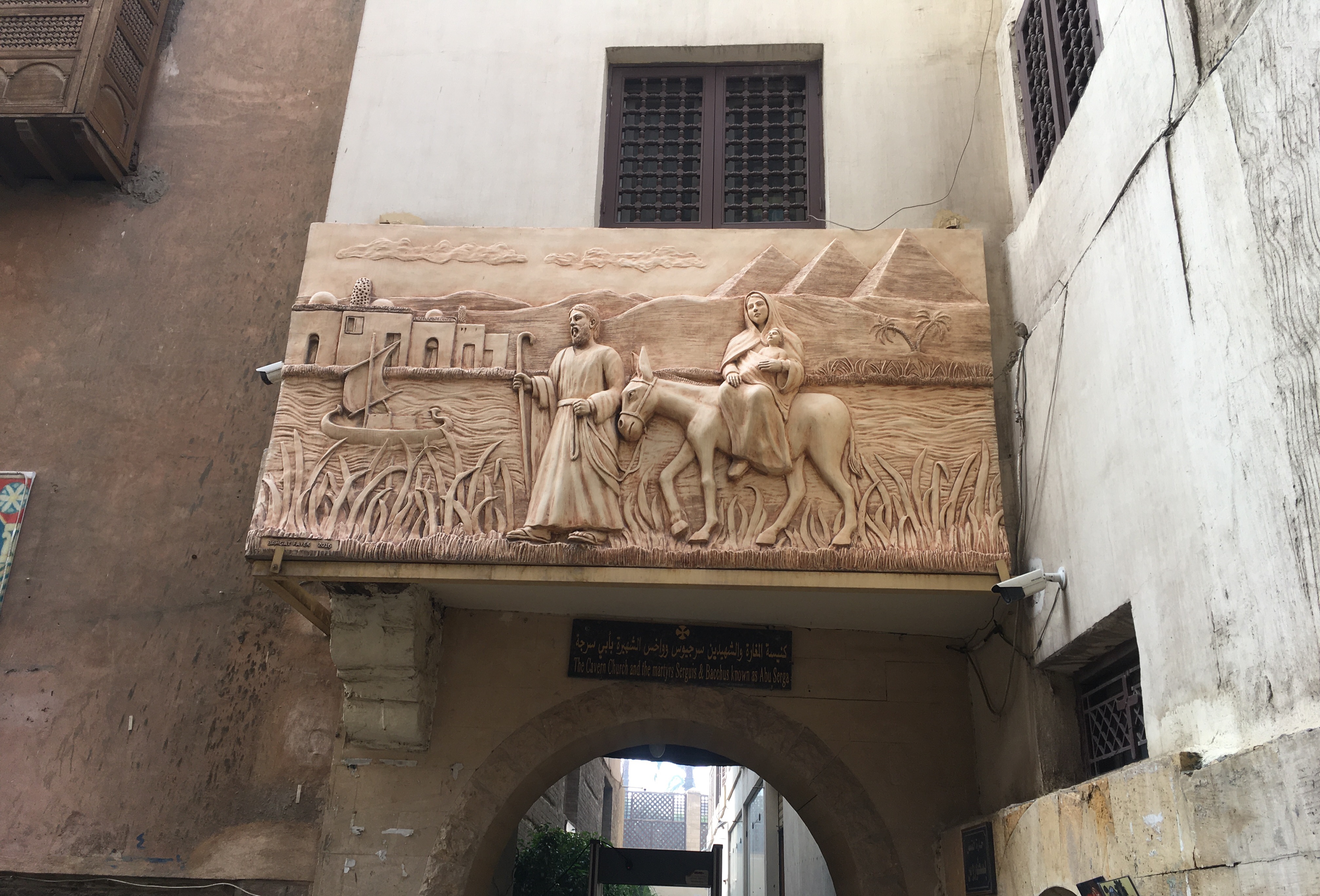













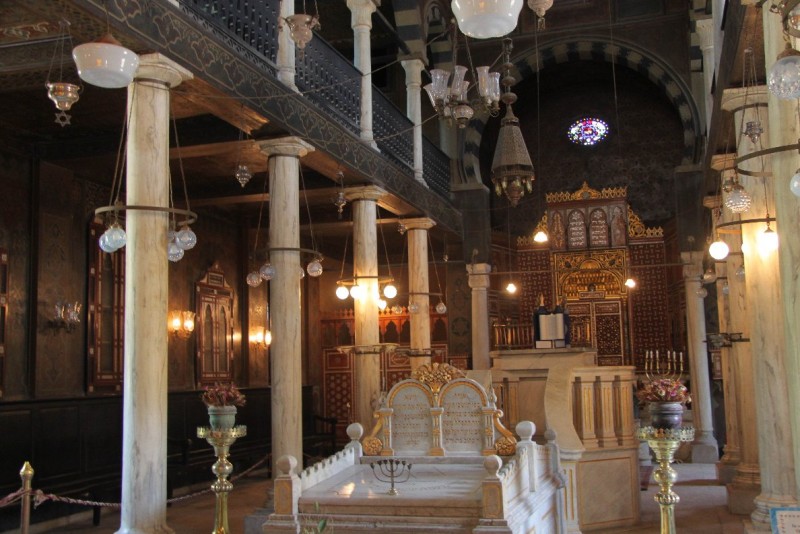

































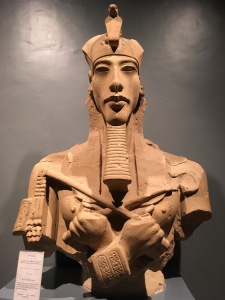


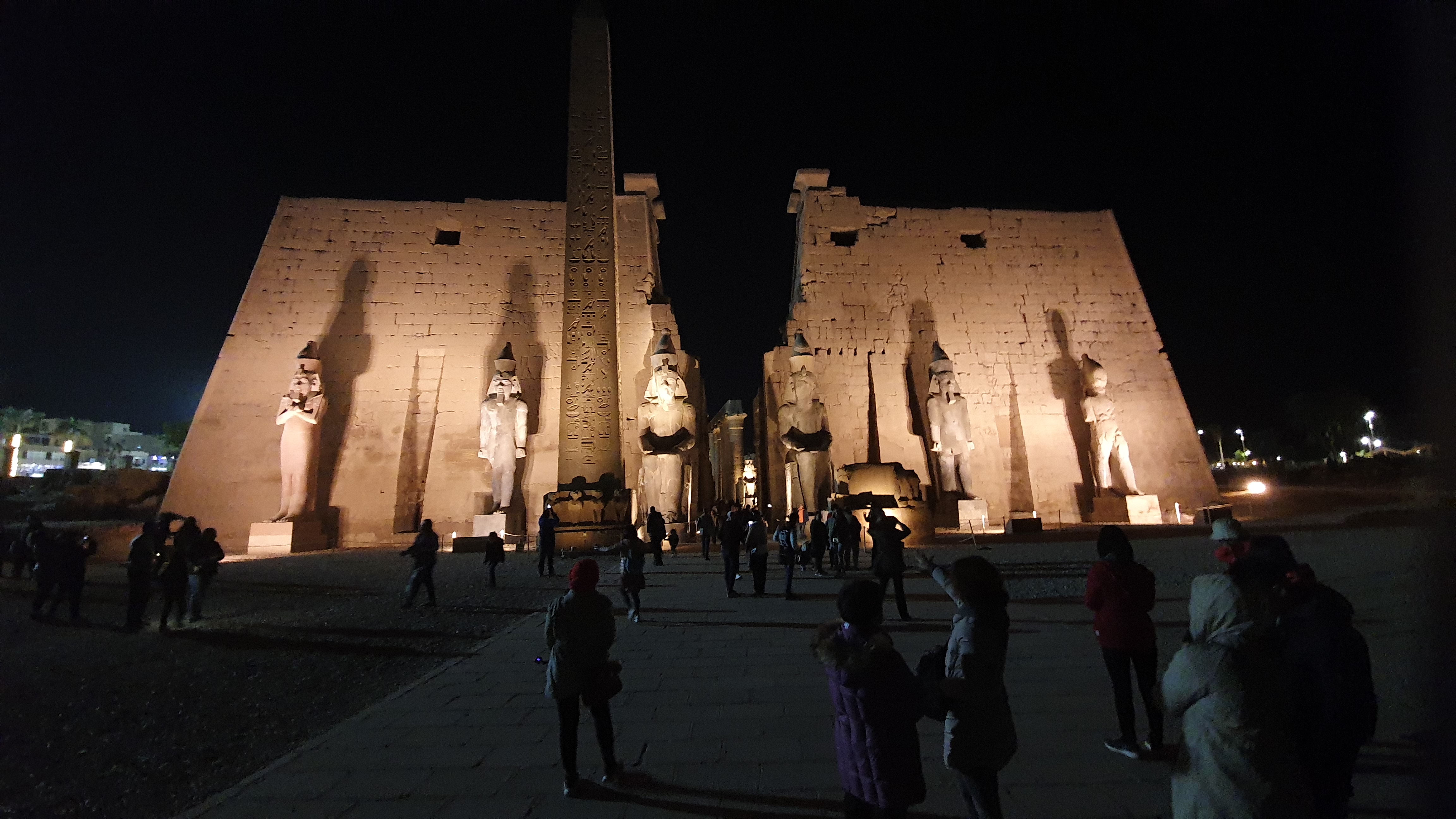


 Located on the West Bank, it was just a few minutes’ drive from the AirBnB we were staying at.
Located on the West Bank, it was just a few minutes’ drive from the AirBnB we were staying at.























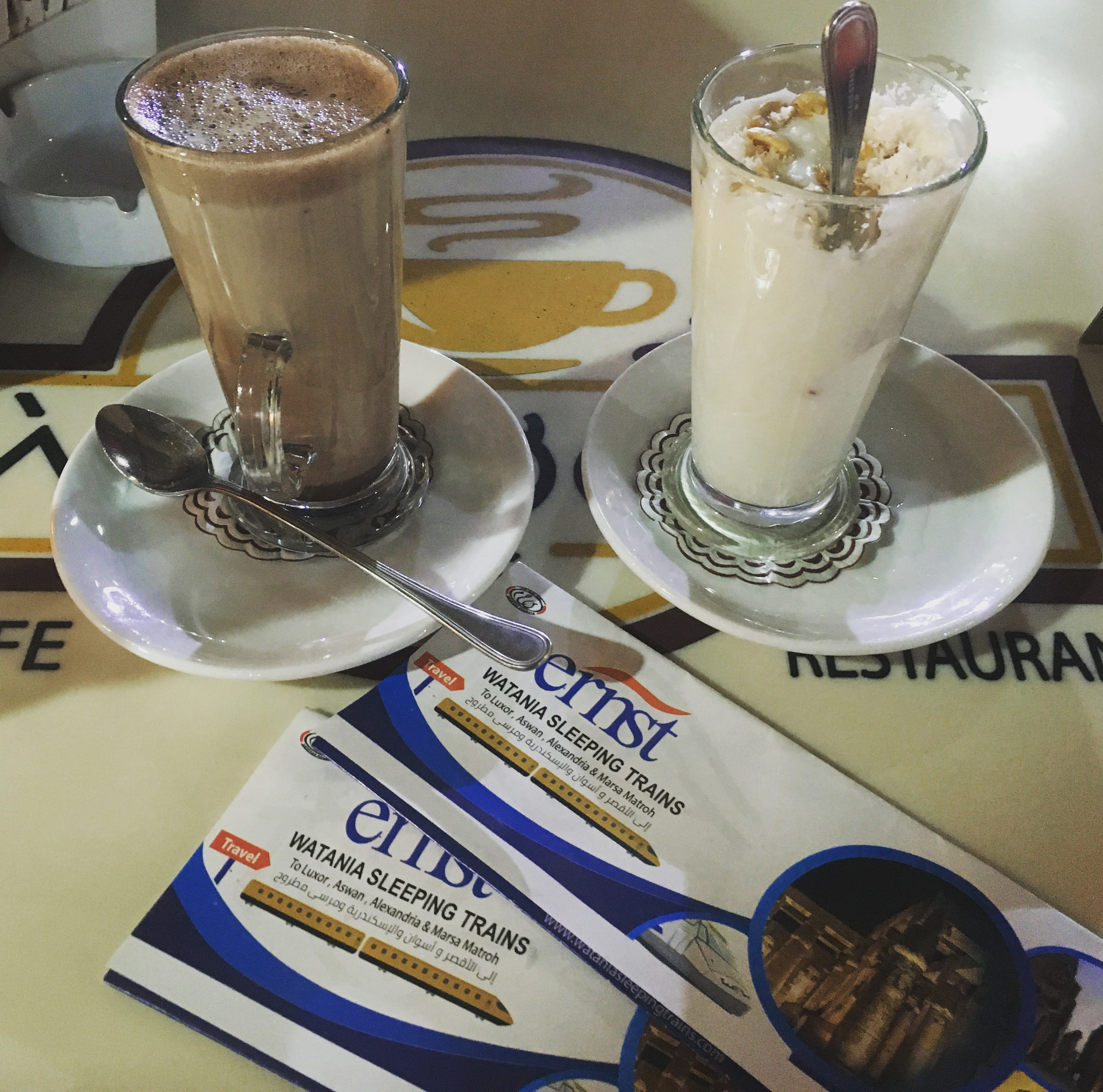








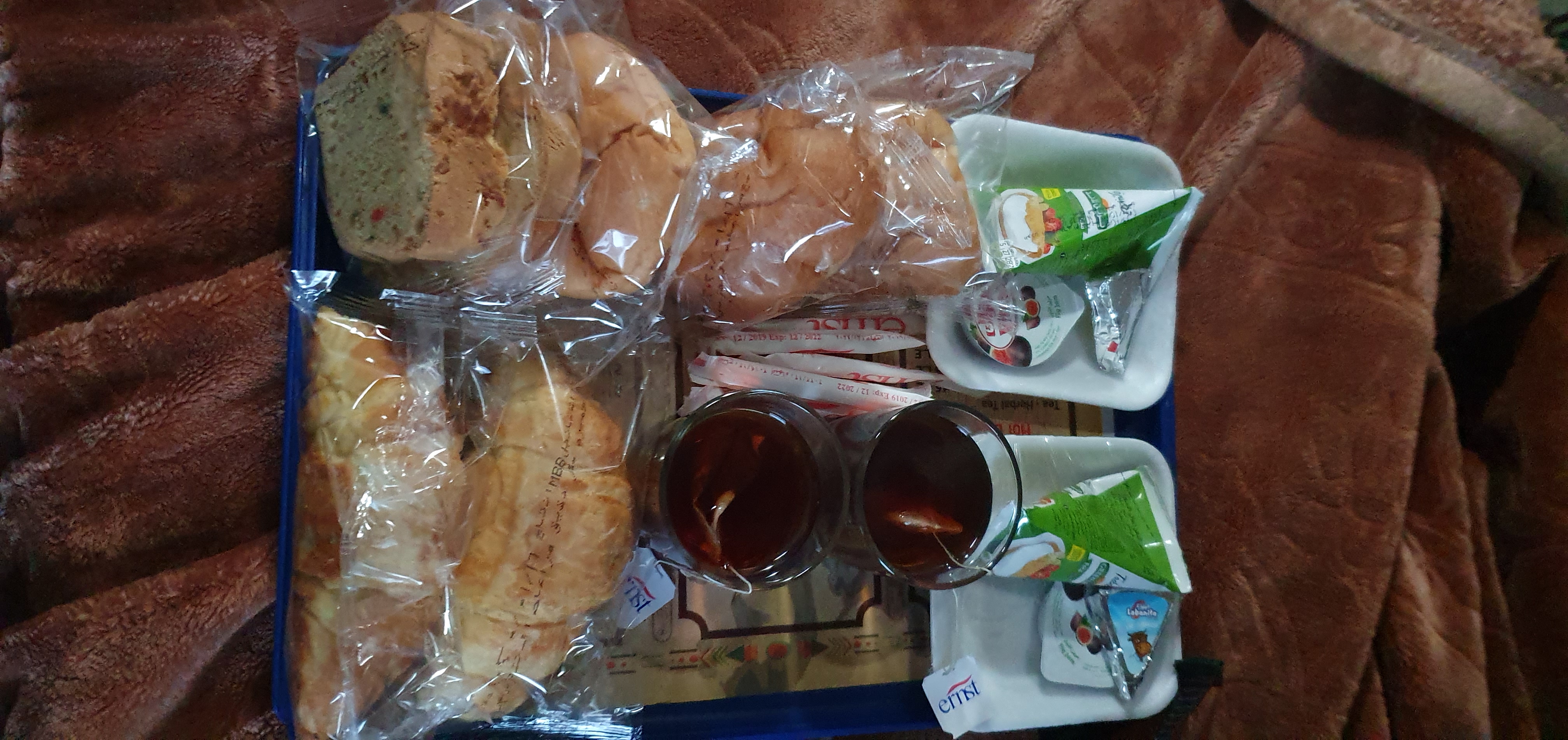
 It’s been almost a month since I woke up to the sound of a Messenger notification early on a Sunday morning.
It’s been almost a month since I woke up to the sound of a Messenger notification early on a Sunday morning.





























